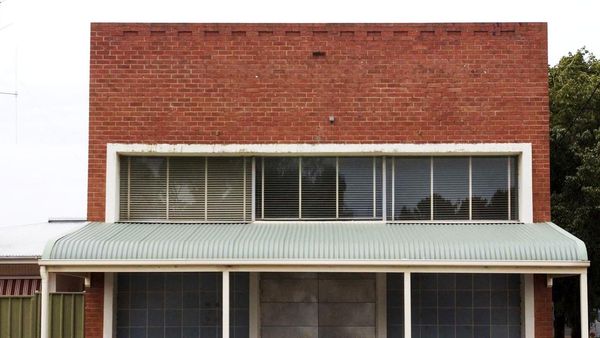
Manufacturing in China continued to contract for the fifth consecutive month in February, as reported by an official survey of factory managers released on Friday. The official purchasing managers index (PMI) fell to 49.1 in February from 49.2 the previous month, indicating ongoing weakness in the economy. The PMI scale ranges up to 100, with 50 serving as the threshold between expansion and contraction. The manufacturing PMI has declined in ten of the last eleven months, with a sole increase noted in September.
Despite recent efforts by Beijing to bolster the economy, such as reducing lending rates and cutting banks' reserve requirements to stimulate lending, the manufacturing PMI remained subdued. A separate survey by financial news outlet Caixin showed a slight increase in manufacturing PMI from 50.8 to 50.9.
Capital Economics' Huang Zichun suggested averaging across both PMIs to assess industry conditions, with the combined manufacturing reading holding steady at 50.0. The impact of the Lunar New Year holidays in February, a weeklong national holiday, may have influenced the readings as factories typically experience inactivity during this period.



On the other hand, the non-manufacturing PMI, which measures activity in sectors like services and construction, rose to 51.4 from 50.7 in January. This increase, the highest since September last year, is attributed to heightened consumption around the Lunar New Year holidays.
Looking ahead, Beijing is anticipated to focus on fiscal measures to stimulate the economy during the upcoming National People's Congress (NPC) meetings commencing on March 5. The government aims to boost consumption, investment, and restore confidence in the stock market. Following a brief post-COVID-19 economic surge, China has been grappling with an uneven recovery marked by a property crisis and a slowing economy. The country is also set to unveil its annual GDP growth target at the NPC meetings.







